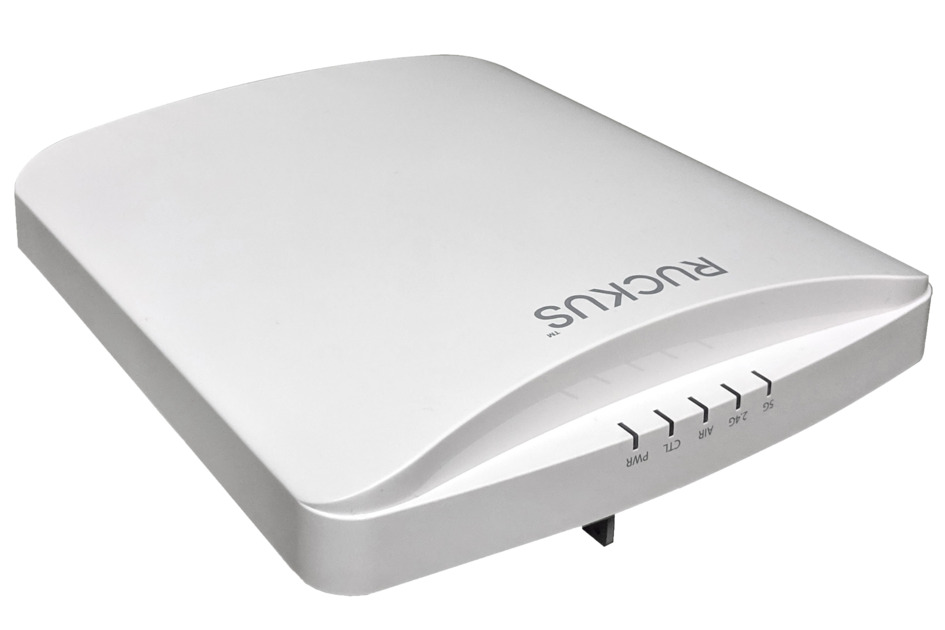High-performance Wi-Fi is essential for modern businesses, homes, and public spaces where reliable and fast wireless connectivity is a necessity. Whether supporting video conferencing, online gaming, or IoT devices, a robust Wi-Fi network ensures seamless user experiences. To achieve high-performance Wi-Fi, organizations and individuals can implement various strategies, including proper network design, equipment selection, optimization techniques, and security measures. Let's explore the key elements and best practices for achieving and maintaining high-performance Wi-Fi.
Importance of High-Performance Wi-Fi:
Enhanced User Experience:
High-performance Wi-Fi provides faster speeds and reliable connections, leading to seamless streaming, gaming, and browsing experiences.
Users can enjoy lag-free video calls, smooth online gaming, and quick downloads/uploads.
Increased Productivity:
In business environments, high-performance Wi-Fi boosts productivity by enabling faster access to cloud applications, file sharing, and collaboration tools.
Employees can work efficiently without being hindered by slow or unreliable internet connections.
IoT and Smart Devices:
With the rise of IoT devices, such as smart thermostats, cameras, and speakers, high-performance Wi-Fi ensures these devices operate smoothly and communicate effectively.
Stable Wi-Fi connectivity is crucial for home automation and smart office environments.
Scalability and Future-Proofing:
A well-designed high-performance Wi-Fi network is scalable and can accommodate increasing numbers of devices and higher bandwidth demands.
Future-proofing ensures the network can adapt to new technologies and applications without requiring significant upgrades.
Key Elements of High-Performance Wi-Fi:
Network Design:
Proper network design is fundamental for high-performance Wi-Fi. Consider factors such as coverage area, building layout, and user density.
Conduct a site survey to identify optimal access point (AP) locations for maximum coverage and minimal interference.
Equipment Selection:
Choose high-quality routers, access points, and Wi-Fi extenders that support the latest standards (such as Wi-Fi 6, also known as 802.11ax).
Dual-band or tri-band routers offer both 2.4 GHz and 5 GHz frequencies, providing flexibility for different devices and applications.
Channel and Frequency Optimization:
Optimize Wi-Fi channels to avoid interference from neighboring networks. Tools like Wi-Fi analyzers can help identify the least congested channels.
Utilize the 5 GHz band for devices that support it, as it offers faster speeds and less interference compared to the crowded 2.4 GHz band.
Quality of Service (QoS):
Implement QoS settings on the router to prioritize bandwidth for critical applications. This ensures that activities like video streaming or VoIP calls receive sufficient resources.
QoS helps prevent network congestion and ensures a consistent user experience for all devices.
Mesh Wi-Fi Systems:
For larger homes or offices with multiple floors, consider using a mesh Wi-Fi system. These systems consist of multiple nodes that work together to provide seamless coverage.
Mesh systems automatically route traffic to the nearest node, optimizing performance and eliminating dead zones.
Security Measures:
High-performance Wi-Fi should be secure to protect sensitive data and prevent unauthorized access.
Enable WPA3 encryption, use strong passwords, and regularly update firmware to patch security vulnerabilities.
Implement guest networks with separate passwords to isolate guest devices from the main network.
Best Practices for High-Performance Wi-Fi:
Regular Maintenance and Updates:
Stay updated with the latest firmware for routers and access points. Manufacturers release updates to improve performance and security.
Conduct regular speed tests and network audits to identify any performance issues or areas for improvement.
Band Steering and Smart Roaming:
Enable band steering on dual-band routers to guide devices to the optimal frequency (2.4 GHz or 5 GHz).
Smart roaming features allow devices to seamlessly switch between access points for the best signal strength as users move around.
Limit Interference:
Reduce interference from other electronic devices by placing routers away from appliances like microwaves, cordless phones, and Bluetooth devices.
Position routers centrally within the coverage area and away from walls or obstacles that could obstruct signals.
Optimize Device Settings:
Devices also play a role in Wi-Fi performance. Ensure devices have updated Wi-Fi drivers and settings optimized for performance.
Disable power-saving modes that may interrupt Wi-Fi connections or limit bandwidth.
Use Ethernet Where Possible:
For stationary devices such as desktop computers, smart TVs, or gaming consoles, use Ethernet connections where feasible.
Wired connections offer more stable and faster speeds compared to Wi-Fi.
Professional Installation and Consultation:
For complex networks or large-scale deployments, consider hiring professionals for installation and configuration.
Networking experts can perform thorough assessments and design custom solutions for optimal performance.
Case Study: Office Network Optimization
Company XYZ, a growing tech firm, improved its office Wi-Fi performance with the following steps:
Network Redesign: Conducted a site survey and redesigned the network layout for better coverage and reduced interference.
Wi-Fi 6 Upgrade: Upgraded to Wi-Fi 6 routers and access points to support increased device density and faster speeds.
QoS Implementation: Configured Quality of Service (QoS) settings to prioritize video conferencing and cloud applications.
Band Steering: Enabled band steering to guide devices to the 5 GHz band for higher performance.
Regular Monitoring: Implemented a monitoring system to track network performance and identify areas for optimization.
Result: Company XYZ saw a 30% increase in Wi-Fi speeds, reduced instances of dropped connections during meetings, and improved overall productivity.
Conclusion:
High-performance Wi-Fi is crucial for delivering fast, reliable, and seamless connectivity in today's digital landscape. By focusing on network design, equipment selection, optimization techniques, and security measures, organizations and individuals can achieve optimal Wi-Fi performance. With the right strategies and best practices in place, high-performance Wi-Fi networks can support the increasing demands of modern applications, devices, and user expectations.
For more info. visit us:





Comments